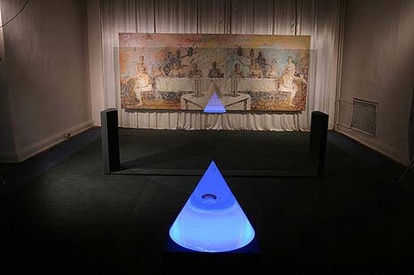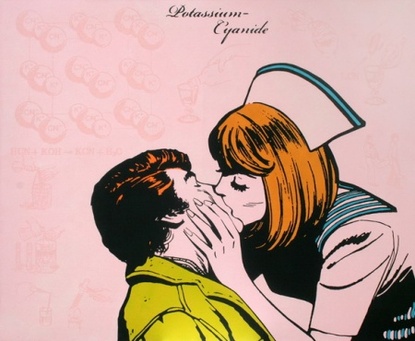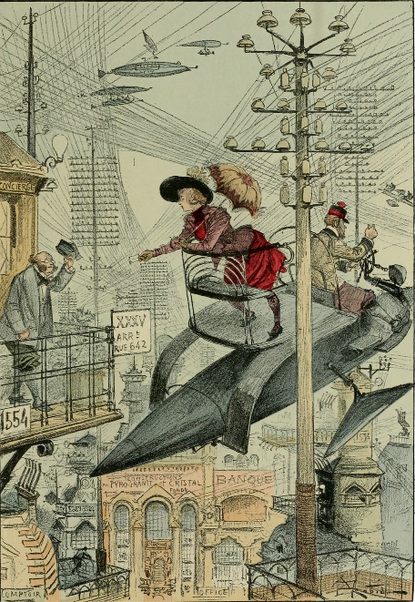Sungtae Jung: Choronobyl is extraordinary theme. But extraordinary doesn`t mean peculiarity
In the autumn of 2015 and winter 2016 photographer from South Korea Sungtae Jung visited the Chernobyl zone. The result of these expeditions was to create two photographic series "Pripyat" and "Samosely" united in the exhibition "Breath of Chernobyl" in the space Shcherbenko Art Centre.
Daryna Nikolenko asked Sungtae Jung about the idea and implementation of the project, as well as his personal experience of dealing with the theme of the Chernobyl accident.
Photography wasn’t your first occupation, but first you studied architecture. Did the first education influence your interest in photography?and did your interest in space studying begin there?
Yes, I think so. Architecture and landscape architecture have helped me comprehend human types and environment. However, to tell the truth, I had a desire for photography, a desire from a toy camera which my parents had never got me. It was my pure strong desire when I was 6 to 7 years old.
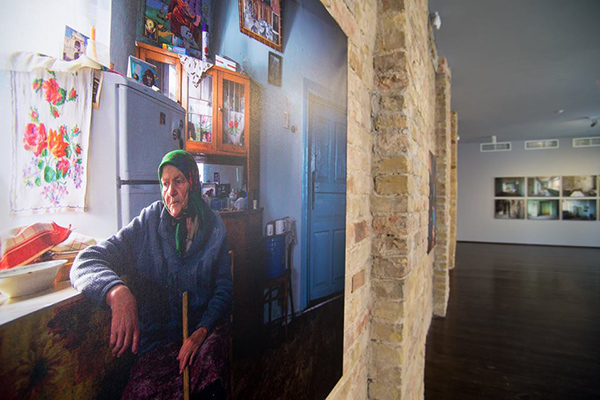
Another question about the education – do you continue your doctoral studies? Would you like to engage in teaching?
My doctorate course is just for practice of nicer, freer expression of my favorite story, not for teaching or education. It is for more perfect technique of showing photos. Because teaching and education are less important with me.
It is no exaggeration to say that Ukraine had known little about Korean photography; can we talk about any most popular Korean photo trends, themes?
In South Korea the 1980s had brought photography a really big change. For example, photography majors from overseas universities began to approach photography with their new viewpoints. That was contemporary photography. Such a trend was from photo artist Bohnchang Koo, and the daybreak of Korea's contemporary photography. Since then, rapid development of Korean economy drove photography into a variety of attempt & change and a sequence of challenge. Exactly to say, it seems to have been the days of Korean photography in serious agony.

Which photographers have influenced you - in choosing topics of research, visual language?
My photos have more meaningfulness in their matter and nature from the context of esthetics. Which means that one story should begin to motivate and affect my self. Of course, together with photographic form and physical beauty I had no disregard for. I finished my master's degree where there are quotations from Carl Gustav Jung's prototype theory and yin & yang logics typical of Eastern philosophy. However, in the near future, I'd like to dig epistemology and phototype theory. And I love Giorgio de Chirico's shadow, Korean photo artist Bohnchang Koo's resonance, and Josef Sudek & Sophie Ristelhueber's expression.
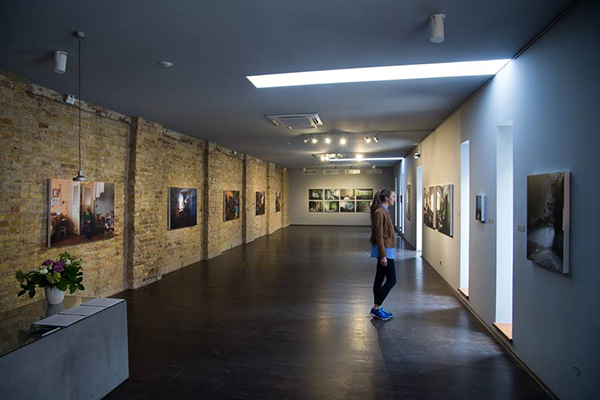
How long have you worked in Chernobyl? Were there any difficulties while traveling there?
My first visit to Chernobyl was in July 2015. And then, I had two more visits. Over about 1 year, I stayed 30 days or so in Kiev and Chernobyl. During that time, I had some trouble—some fear for health. And also, I can't forget about this January's heavy snow and horrible cold.
Did you go there already with a specific vision of what you whould shoot; Or has your idea transformed during your work there?
I had thought deeply of space, but didn't know what to do first when I got to the spot. Just except my feeling of scales, like which the old, old paint over the walls peeled. That was thanks to my visit there I had promised my guide though it was not part of our official schedule.
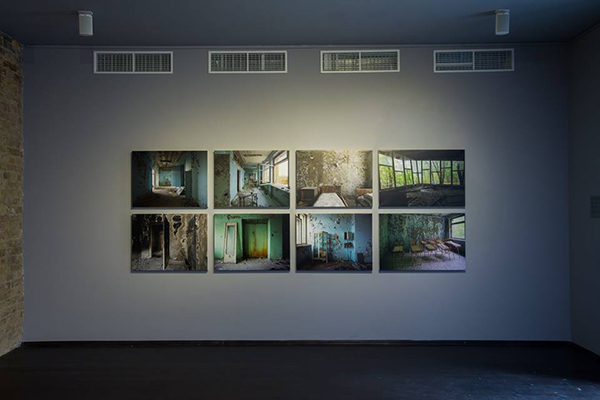
These two series "Pripyat" and "Samosely" are in contrast with each other and at the same time complement each other: pictures of abandoned buildings give an idea of the context in which these people live - people who have returned to their homes. Can we take these series holistically as a documentation of what you’ve seen?
You know, photo artists just tell their idea by means of their own creations, and success of its delivery is up to viewers. This exhibition of mine features a space called "Pripyat" and people called "Samosely". However, I had much more to show others—for example, possessions & old photos from Samosely's life, and unfamiliar objects from the space "Pripyat".

Probably, for Europe, as for Asia, Ukraine Chernobyl theme sounds somewhat exotic - and it's always a problem to find topics in art - how to distinguish something exotic from your genuine theme?
Peculiarity and speciality have difference. As for photo material, Chernovil had much peculiarity, but peculiarity can't be speciality at all. For the exhibition, the peculiar site needed some speciality, though. That was my assignment.
Several projects, including photo projects, have been presented to the anniversary of the Chernobyl accident in Ukraine - Have you seen other works and if so, which impressed you most? For example, photo project about youth in Slavutych by Niels Ackerman in the Museum of Taras Shevchenko.
Sorry to say, unfortunately I didn't find other artists' tribute projects. Let me try to find them.
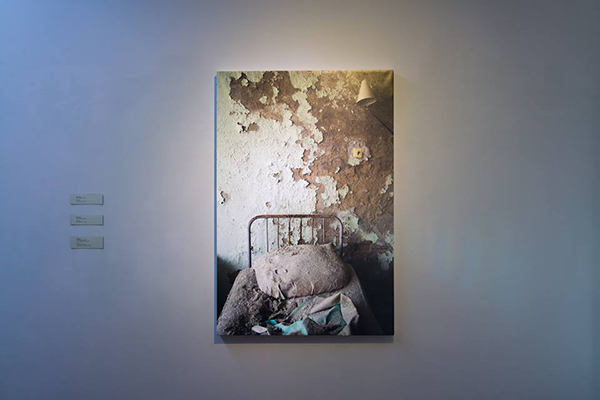
In your essay for the catalog and also to present the exhibition you say, "The strange city attracted me over to itself, that for the memories buried in my subconscious for 30 years. And I found me breathing with them at the gray boundary of social happenings after I had got out of my really private life"? Can you continue this sentence? What a "really private life" in the 21st century?
Shortly, I'd like to tell that the project from my childhood's rain-related memories arrived at its destination, the boundary of a socially big accident. That is, the project wants to express a mixture of private and socio-cultural value, just the key context of photography I have deeply interested in. The 21st century's really private life is one of the key topics people should ask themselves what is a true life or a true self—as a really private problem—, I think.

Photo: Maxim Belousov

